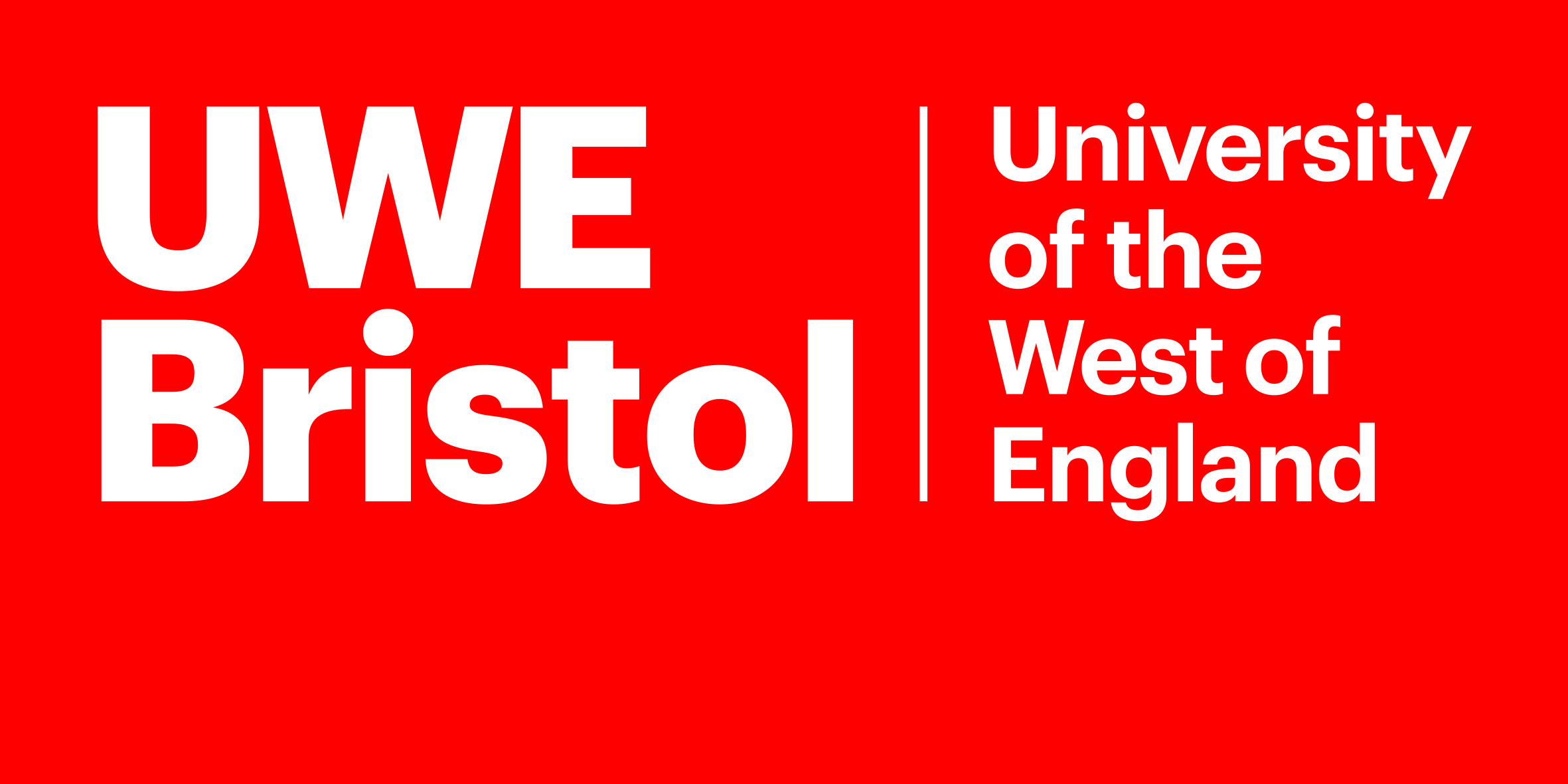Dr Laura Morgan Laura9.Morgan@uwe.ac.uk
Wallscourt Fellow in Design and Material Futures
Laser Shibori: A digital moulding technique supporting circular textile design in three dimensions
Morgan, Laura; Kane, Faith; Tyrer, John; Shen, Jinsong
Authors
Faith Kane
John Tyrer
Jinsong Shen
Abstract
This paper considers the potential for digital laser technology to facilitate sustainable innovation in the field of textile design and manufacture, enabling transition towards a circular economy. Using recent design research as a case study, it discusses a newly developed Laser Shibori technique and its significance in relation to circularity. Laser Shibori describes a digital moulding technique for three-dimensional surface design and sustainable textile finishing that can be used to design accurate surface architectures for synthetic textiles. Using the photothermal energy of a CO2 laser, the method combines two heat dependent processes: heat setting and textile colouration, resulting in an effect akin to shibori. Unlike the traditional craft practice, Laser Shibori offers precise digital control, repeatability and a unique aesthetic. The study demonstrated the benefit of interdisciplinary research, synthesising design and science to support sustainable material innovation. The synthesis of material science and creative design practice proved essential in developing the laser technique and created a platform for material innovation beyond creativity as discussed through potential functional application ideas and sustainability benefits. The methods described in this paper provide a system to control three-dimensional effects through controlled tension and targeted laser irradiation. The use of laser technology to create three-dimensional textile forms presents processing advantages over traditional methods: the laser does not require physical moulds or complicated set up and offers ease of pattern change through digital generation of designs. The laser process negates requirement for additional materials, offering reversible surface design effects to facilitate ease of recovery at end of primary use, thus complimenting a circular textile lifecycle in three dimensions: through efficiency, agility and recovery.
Citation
Morgan, L., Kane, F., Tyrer, J., & Shen, J. (2018). Laser Shibori: A digital moulding technique supporting circular textile design in three dimensions. Journal of Textile Design Research and Practice, 6(1), 5-22. https://doi.org/10.1080/20511787.2018.1493836
| Journal Article Type | Article |
|---|---|
| Acceptance Date | Jun 25, 2018 |
| Online Publication Date | Dec 20, 2018 |
| Publication Date | Dec 20, 2018 |
| Deposit Date | May 31, 2019 |
| Journal | Journal of Textile Design Research and Practice |
| Print ISSN | 2051-1787 |
| Publisher | Taylor & Francis (Routledge) |
| Peer Reviewed | Peer Reviewed |
| Volume | 6 |
| Issue | 1 |
| Pages | 5-22 |
| DOI | https://doi.org/10.1080/20511787.2018.1493836 |
| Keywords | circular economy; material innovation; digital textiles; textile design; laser; sustainable fashion |
| Public URL | https://uwe-repository.worktribe.com/output/855757 |
| Publisher URL | http://doi.org/10.1080/20511787.2018.1493836 |
You might also like
Creative exploitation of laser processing: A new toolbox for textile design
(2021)
Presentation / Conference
The light fantastic: Laser technology for textile surface coloration and patterning
(2021)
Exhibition / Performance
Laser textile design and finishing
(2021)
Book Chapter
Boro Repair Society x Kind Materials Research Exhibition
(2021)
Exhibition / Performance
Laser textile design: Designing digital processes for sustainability in the textile industry
(2021)
Presentation / Conference
Downloadable Citations
About UWE Bristol Research Repository
Administrator e-mail: repository@uwe.ac.uk
This application uses the following open-source libraries:
SheetJS Community Edition
Apache License Version 2.0 (http://www.apache.org/licenses/)
PDF.js
Apache License Version 2.0 (http://www.apache.org/licenses/)
Font Awesome
SIL OFL 1.1 (http://scripts.sil.org/OFL)
MIT License (http://opensource.org/licenses/mit-license.html)
CC BY 3.0 ( http://creativecommons.org/licenses/by/3.0/)
Powered by Worktribe © 2024
Advanced Search
